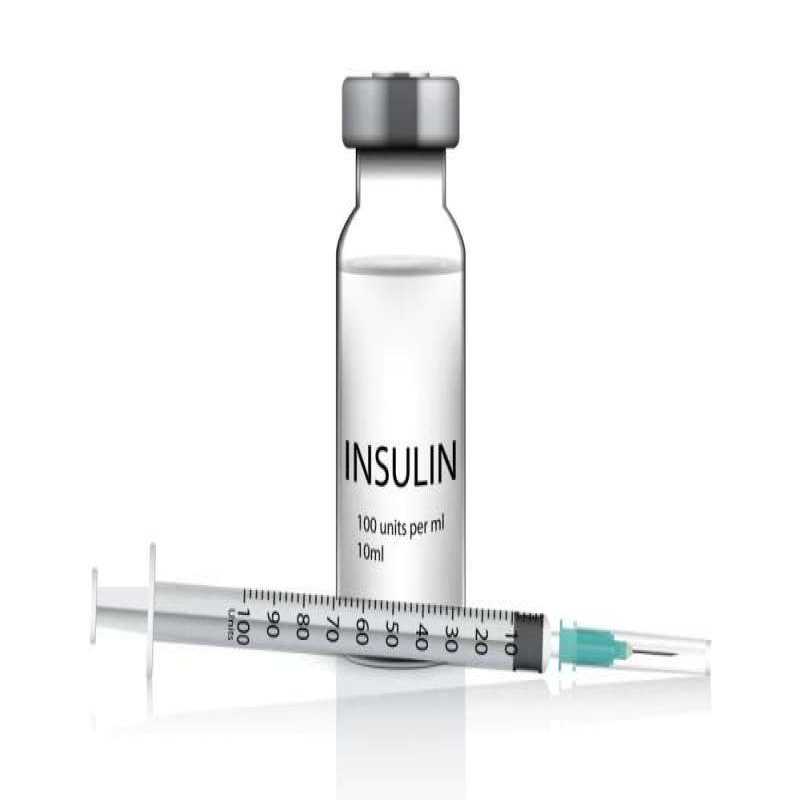
Let me tell you a story today. In a well-developed city of HB lived a young girl called INU. She was smart, extrovert and jolly, everybody loved to talk to her. She met a girl (Sweety) in her neighbourhood (who had then, recently moved in) and both became good friends soon. Sweety loved her new friend and so did INU. Sweety visited INU everyday and brought gifts for her. Days turned to weeks.. months and soon it was years. Sweety continued to shower gifts on INU.
Slowly as INU grew up, she realised that her house has enough gifts and there was no room for more. She began to avoid her longtime, old friend “sweety”. When sweety knocked at her door, INU, now refused to open.
“Sweety” kept the gifts in the corridor and left.. soon the corridor too, got cluttered with gifts from “Sweety”.
So friends, lets be vigilant and not clutter our homes and corridors with gifts from “Sweety”.
Yes, as rightly guessed we are talking about Diabetes Mellitus (DM) which is a metabolic disorder characterised by increase in blood sugar levels (hyperglycemia), presence of sugar in urine (glycosuria) and widespread pathological changes in the body like thickening of blood vessels, complications of eye, heart, kidneys and brain.
They are of 2 types:
1) IDDM – Insulin dependent Diabetes Mellitus OR Type -I
2) NIDDM – Non- Insulin dependent Diabetes Mellitus OR Type-II (Most Common)
As we all know, the Pancreas is located in the abdomen behind the stomach and secretes pancreatic juice as well as hormones like insulin and glucagon, produced by 𝞫-cells (Beta) and 𝞪-cells (alpha), respectively, which regulate blood glucose levels. Glucagon works to counterbalance the actions of insulin. About four to six hours after you eat, the glucose levels in your blood decrease, triggering your pancreas to produce glucagon. This hormone signals your liver and muscle cells to change the “stored- glucose” (glycogen) back into glucose.

First, Let’s get to know what Insulin does to our Body
1) Insulin facilitates the entry of glucose into the cells. The availability of glucose intracellularly is the limiting factor for its utilization. However, glucose entry in the liver, brain, RBCs, WBCs, and renal cells (kidneys) is independent of insulin. Muscular activity induces glucose entry into muscle cells without the need for insulin. Thus, exercise has an insulin-sparing effect.
2) Insulin facilitates glycogen synthesis from glucose in the liver, muscles, and fat. (Excess glucose is stored in our body in the form of glycogen.)
3) Inhibits neo-glucogenesis (the synthesis of glucose from sources other than carbs) from proteins and fats in the liver. In insulin deficiency, proteins from peripheral tissues are taken to the liver, where they are converted to carbs and urea. Thus, in diabetes, there is overproduction and underutilization of glucose.
4) Inhibits lipolysis (breakdown of fats): In insulin deficiency, an increased amount of fat is broken down, leading to increased levels of free fatty acids and glycerol in the blood. These are taken up by the liver to produce a substance known as acetyl CoA. Normally, acetyl-CoA is re-synthesized into fatty acids and triglycerides, but in diabetes, this process is reduced, and acetyl-CoA is diverted to produce ketone bodies (acetone, aceto-acetate, and β-hydroxybutyrate).)
5) Insulin facilitates Amino acid entry into muscles and other cells. Their synthesis into proteins is enhanced and protein breakdown is inhibited.
Insulin deficiency leads to the breakdown of proteins and the release of amino acids in the blood. These are taken up by the liver and converted to substances called pyruvate, glucose, and urea. The excess urea produced is excreted in the urine.
What happens under normal conditions?
In healthy people, 𝜷-cells (beta cells) of the pancreas secrete insulin to control the amount of glucose in the body. Under basal conditions, ~1U insulin is secreted per hour by the human pancreas, a much larger quantity being secreted after a meal. The normal concentration of plasma insulin is 4-25 µU/ml.
Right after a meal, the nutrients from food are absorbed in the bloodstream and the blood glucose level rises sharply. The rise in the blood glucose levels signals 𝞫-cells of the pancreas to secrete insulin. Within 20mins after a meal insulin rises to its peak level.
Insulin travels through the blood to different cells of our body. It signals the cells to open up, to let the glucose in. Once glucose enters the cells, it is then converted to energy or stored (in the form of glycogen) for later use. Without insulin, our body cannot use or store glucose for energy.

What happens when there are Low Insulin Levels?
The blood sugar level gets elevated if there are reduced amounts of insulin secreted into the blood (diabetes type I) or the body cells become de-sensitized to normal levels of insulin, thus increased amount of Insulin gets secreted (type II diabetes).
What happens in Type-II Diabetes Mellitus?
When the amount of blood sugar rises, the requirement for Insulin rises simultaneously. As the need for insulin rises, the pancreas produces more insulin up to a point after which it loses its ability to produce insulin. Without sufficient Insulin, glucose, instead of entering the cells, builds up in the blood. Now that, cells do not get glucose, they cannot generate energy and the body uses its stored reserves from the liver (glycogen). This is the reason for diabetic people to lose weight, often feel exhausted and tired, and have high blood sugar levels.

The story of the two girls above explains the same process. INU (Insulin) refused to open the door (unlock cell mechanism) to receive gifts from Sweety (high sugar and carb-rich food that we eat) after realizing that she had no place to store more. Sweety then leaves “gifts”(sugar) in the corridor…that’s how the sugar level in the blood rises.
Oral intake of 75g of glucose (or any meal predominantly comprising of carbs and sweets) causes blood plasma insulin to rise from basal level (20-30 pmol/L) to 250 – 300 pmol/L in 30mins whereas, intake of similar amount of fats or protein diet will increase the level to 50-60pmol/L in humans. This explains the reason to keep sugars and carbs minimum in our diet, especially if one is predisposed to risk of Diabetes.
Low insulin levels can be mended by taking insulin injections. However, cases of excessive insulin levels are very common and hard to deal with.
How do we Treat High Insulin Levels?
- Diet modification (opting for foods with low glycemic index)
- Regular and Age-appropriate exercises
and - Medication
Action of insulin on blood glucose can be summarized as follows:



.png)


